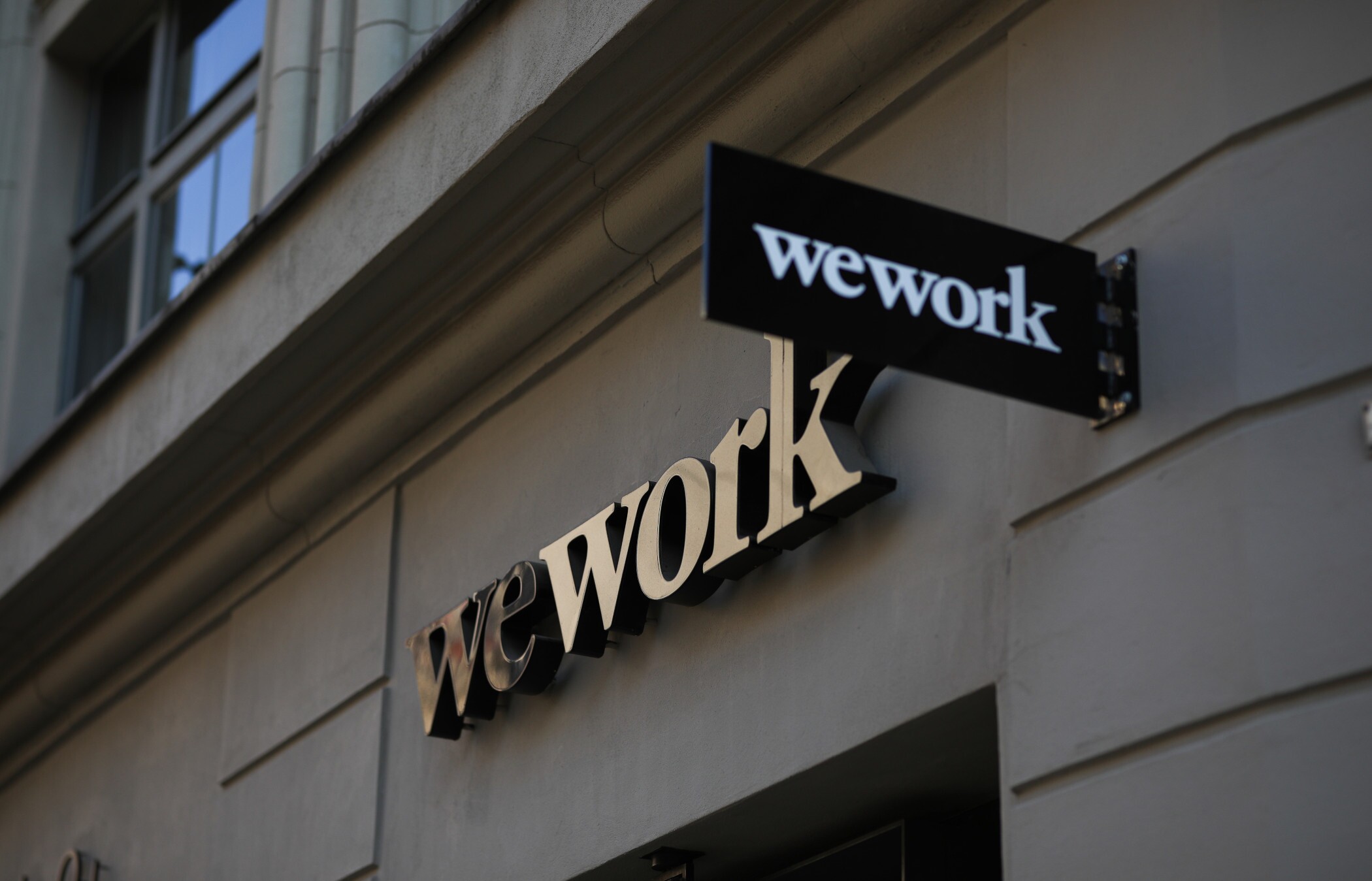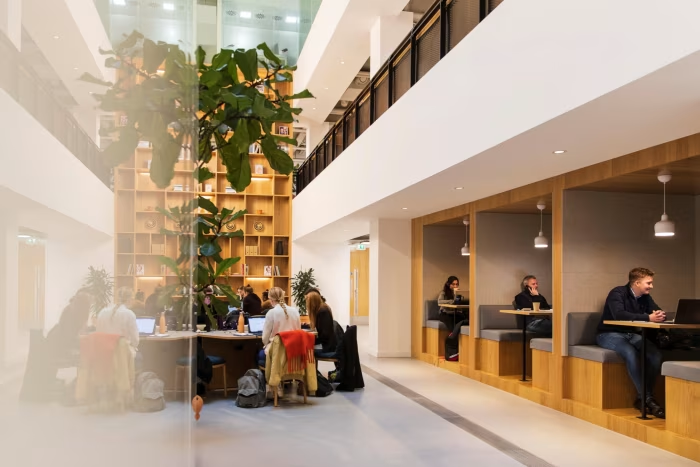- 8 November 2023
- 85
WeWork’s Bankruptcy: Impact on Flexible Working and the Trailblazing Legacy

Introduction:
The bankruptcy of WeWork, once hailed as a trailblazer in the flexible workspace industry, has sent shockwaves through the business world. This article explores the implications of WeWork’s downfall on the concept of flexible working, examining the factors that led to its bankruptcy, the challenges faced by the industry, and the potential impact on the future of workspaces.
Factors Leading to WeWork’s Bankruptcy:
WeWork’s rapid expansion, ambitious valuation, and corporate governance issues were among the key factors that contributed to its downfall. The company’s aggressive growth strategy, coupled with a flawed business model and financial mismanagement, ultimately led to its inability to sustain its operations and meet its financial obligations.
Challenges Faced by the Flexible Workspace Industry:
WeWork’s bankruptcy has highlighted the challenges faced by the flexible workspace industry as a whole. The industry relies heavily on long-term lease commitments and short-term rental agreements, making it vulnerable to economic downturns and fluctuations in demand. Additionally, the COVID-19 pandemic has further disrupted the industry, with remote work becoming the norm for many organizations.
Implications for Remote Work and Workspaces:
WeWork’s bankruptcy raises questions about the future of remote work and the evolving nature of workspaces. While the pandemic has accelerated the adoption of remote work, the need for physical workspaces still exists for certain industries and individuals. WeWork’s failure may lead to a reevaluation of the flexible workspace model, with a greater emphasis on sustainability, financial stability, and meeting the evolving needs of remote and hybrid workforces.

Lessons Learned and Future Outlook:
The downfall of WeWork serves as a valuable lesson for the flexible workspace industry and the broader business community. It underscores the importance of sound financial management, sustainable growth strategies, and adaptability to changing market conditions. Moving forward, the industry is likely to witness a shift towards more resilient and customer-centric models that prioritize flexibility, cost-effectiveness, and the integration of technology.
Conclusion:
WeWork’s bankruptcy marks a significant turning point for the flexible workspace industry and raises important questions about the future of workspaces and remote work. While WeWork’s downfall highlights the challenges and risks associated with rapid expansion and financial mismanagement, it also presents an opportunity for the industry to learn, adapt, and redefine its approach. As organizations and individuals continue to navigate the changing landscape of work, the lessons learned from WeWork’s bankruptcy will shape the future of flexible working and the design of workspaces.
Visual Table for Key Points:
| Key Point | Description |
|---|---|
| WeWork’s Rise and Fall | Tracing the journey from innovation to bankruptcy |
| WeWork’s Impact on Flexibility | Understanding its role in shaping the flexible workspace |
| Causes of WeWork’s Bankruptcy | Analyzing the factors that led to the company’s downfall |
| Co-Working Industry Shift | Assessing the changes in the co-working sector |
| Future of Flexible Working | Exploring the outlook for remote and flexible work |
| Lessons for Entrepreneurs | Drawing insights for startups in the shared workspace industry |
| Remote Work’s Evolution | Discussing the broader trend of remote work |
| Emerging Players in Flex Space | Highlighting new entrants in the flexible workspace market |
| Adapting to Workplace Changes | Offering strategies for businesses in the evolving workspace landscape |
| WeWork’s Legacy | Reflecting on its impact and lessons for the industry |
Organic Keyword Usage:
Relevant keywords like “WeWork bankruptcy,” “flexible working,” and “co-working industry” will be integrated naturally to enhance the content’s value and SEO.
Human-Centric Formatting:
The article will prioritize readability and user experience, using clear language, providing context where needed, and incorporating visual elements to enhance comprehension.

